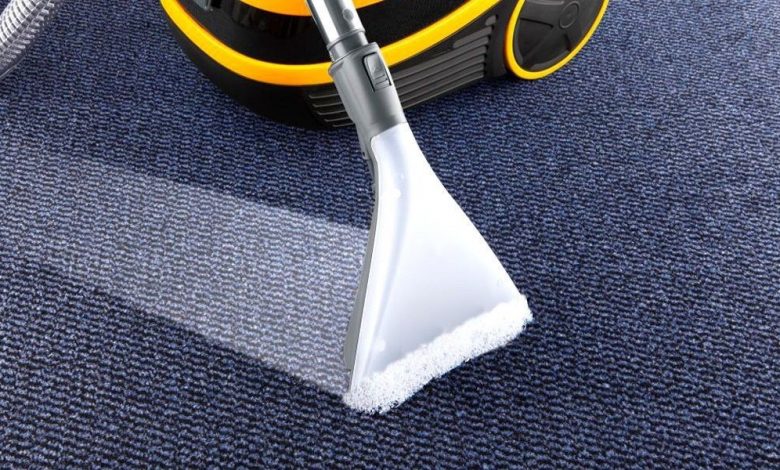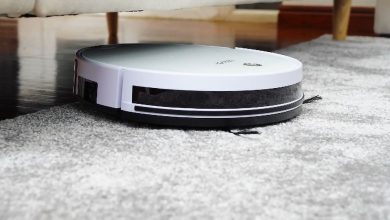Quick Wet Carpet Drying Technique
How to dry a wet carpet at home without too much fuss

For days after a water leak, your carpet might be a soggy disaster. You must promptly dry wet carpet regardless of the reason. Otherwise, the sub-floor, walls, and even mold could be ruined. You can try wet carpet drying techniques on your own, depending on how much water there is. The longer you wait, however, the less likely it is that your carpet will be restored. We’ll go over how to get the water out of the carpet and how long it takes for it to dry.
Remove the Water from the Situation
You must first remove the water from the wet carpet before beginning to dry it. Remove it with a pump if it is submerged in a few inches of water. Most equipment rental providers can provide you with a pump if necessary.
A wet-dry vacuum is your best option if there is less than an inch of water. Suck up as much water as you can by moving slowly across the carpet. To get all of the water out, you might have to go over it a few times.
Towels are another option for drying a damp carpet. They should be spread out over the damp area and firmly pressed into the carpet. If only a small area is wet, this method works best.
Sprinkle a layer of kitty litter down first if the area is extremely wet. After that, use towels to press it into the carpeting. Use a vacuum to suck up the kitty litter once it’s soaked. Repeat until the carpet is only slightly damp to the touch. You can also use blankets instead of towels if you run out.
Ensure that the wet carpeting is completely dry before proceeding
Position fans throughout the room if you wish to dry wet carpet in place. Although house fans can help, it’s better to rent high-volume fans and dehumidifiers for structural drying. This will not only hasten the drying process but will also keep mold and odors at bay. Every few hours, check to see if it’s dry, and if necessary, reposition the fans.
Lift the carpeting off the floor and place fans above and below it, if possible. This will speed up the wet carpet drying process while also increasing the odds of salvaging the carpet padding and subflooring.
Smaller areas can also be dried using a hairdryer set on low or medium. Move it back and forth a few inches above the carpeting. Allow it to cool before inspecting it for dryness. When you test it while it’s still warm, the carpeting will appear dry even though it’s still wet.
Examine the Padding for the Carpet
Most carpet padding is constructed of rebond, a type of urethane foam, but wool or fiber cushions may be found in older homes. While rebond is more water resistant than wool and fiber pads, water does take its toll on them all. Even if you try to dry the padding in place, it will most likely retain moisture and take a long time to dry.
When you try to remove the padding when it’s wet, it usually falls apart. It’s worth attempting to dry the padding if it was harmed by clean water. If groundwater or sewage are involved, though, it’s preferable to just remove and rebuild it. At $30 to $60 per foot, carpet padding is a reasonable investment.
Examine the Underlayment
You should check the subfloor as well if the carpeting has been soaked. As soon as possible, roll back the carpet and padding. Use fans and dehumidifiers to dry off the subfloor if it’s still moist. Check for buckling and warping in the subfloor panels and repair any that are damaged.
Clean the area with a cup of bleach per gallon of water once the subfloor is dry. After that, apply the bleach with a spray bottle and let it dry naturally. To ensure that the flooring is disinfected, repeat the procedure. It is important to note that during wet carpet drying process, only disinfect the subflooring with bleach because it can stain carpeting.
Replace any carpeting that has been removed
Use vacuum to pick up any dirt or debris after disinfecting the sub-floor. The carpet padding can then be put in place. Padding is typically delivered in rolls, but it can also be delivered in sheets or tiles. Cut the padding to fit neatly in the space between the tack strips, covering the entire region completely.
You can reinstall your carpet after the padding has been put. Make sure the tack strips are still in good shape and, if necessary, replace them. After that, tack the carpet to the tack strips with a knee kicker tool.
Vacuum Your Rugs
Last but not least, your carpeting should be cleaned. This will not only eliminate stains and odors, but it will also aid in the restoration of the carpet pile. You can do it yourself or hire a business to do it for you.
If you’re cleaning your carpets yourself, begin by vacuuming them numerous times to remove as much dirt as possible. After that, follow your cleaner’s directions and allow the carpeting dry completely before rearranging the furniture.





